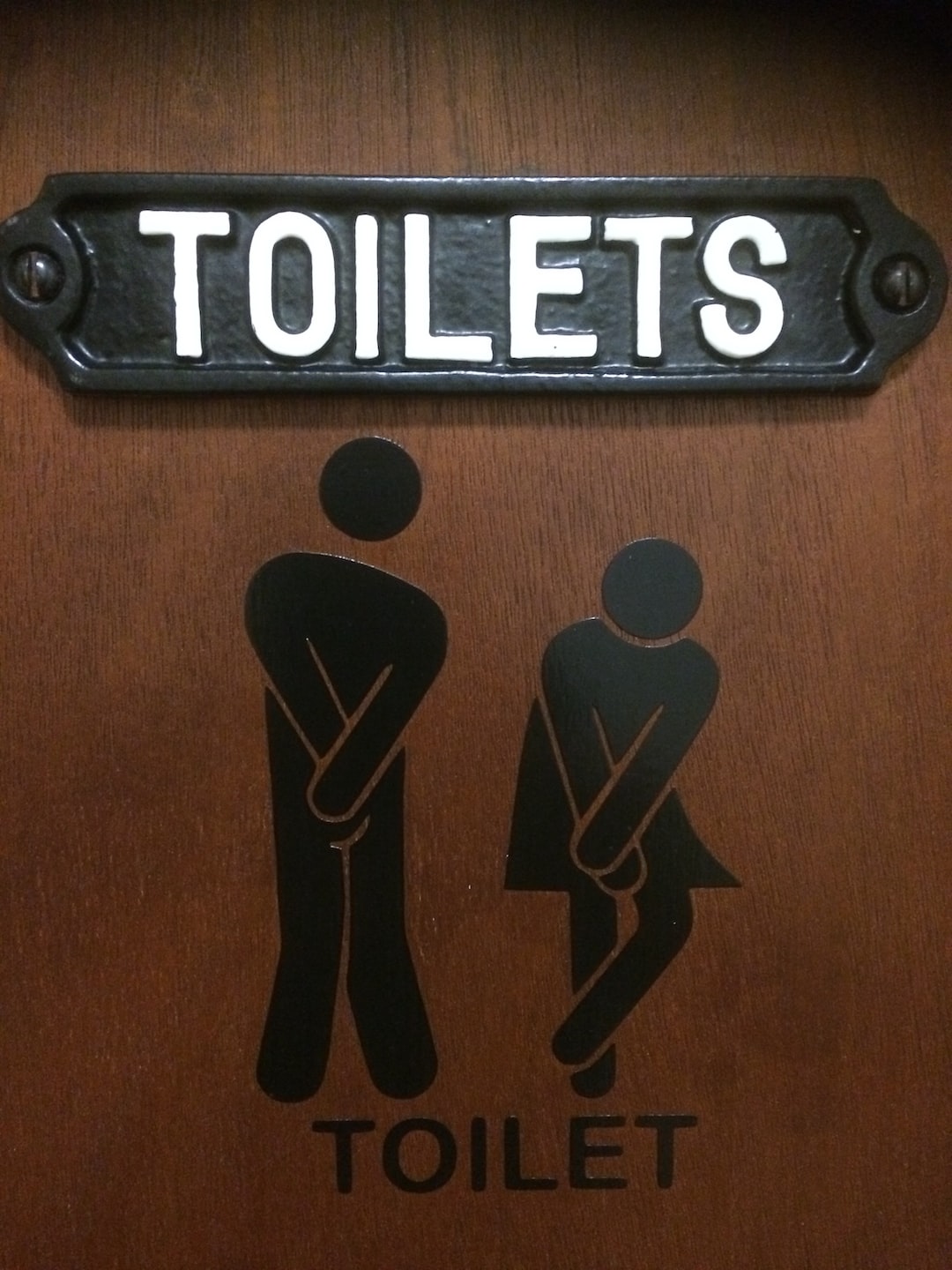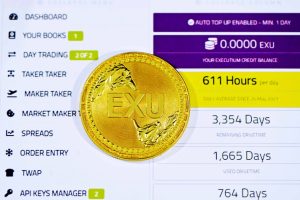Forex trading, also known as foreign exchange trading, involves buying and selling currencies in the global market. One of the most important decisions traders have to make is when to take profit. The answer to this question is not always straightforward, as it depends on several factors such as the trading strategy, risk tolerance, and market conditions. In this article, we will explore when traders should take profit in forex trading.
The first thing traders need to understand is that taking profit is an essential part of any trading strategy. Many traders make the mistake of holding onto a winning position for too long, hoping to make more profit. However, this approach can be risky, as the market can quickly turn against traders, resulting in losses.
Taking profit helps traders lock in gains and reduce their exposure to risk. However, traders need to find the right balance between taking profit too soon and holding onto a position for too long. Finding this balance requires a solid trading strategy.
Trading strategy
A trading strategy is a set of rules that traders use to buy and sell currencies in the forex market. A trading strategy should include entry and exit points, stop-loss levels, and take-profit levels. The take-profit level is the price at which traders close their position and take profit.
Traders should determine their take-profit levels before entering a trade. This way, they can avoid making emotional decisions based on market fluctuations. Traders should also consider the risk-to-reward ratio when setting their take-profit levels. The risk-to-reward ratio is the amount of risk taken relative to the potential reward.
For example, if a trader enters a trade with a stop-loss of 50 pips and a take-profit of 100 pips, the risk-to-reward ratio is 1:2. Traders should aim for a risk-to-reward ratio of at least 1:2 to ensure that their profits outweigh their losses over the long term.
Market conditions
Market conditions play a significant role in determining when traders should take profit. Traders should monitor market trends and news events that can impact currency prices. For example, if there is a major economic announcement such as a central bank interest rate decision, traders should consider taking profit before the announcement. This is because the announcement can cause significant volatility in the market, which can result in losses.
Traders should also consider taking profit if a position has reached a significant resistance or support level. Resistance and support levels are areas where the price has historically struggled to move beyond or below. If a currency pair reaches a resistance level, traders may want to take profit as the price is likely to reverse.
Risk tolerance
Risk tolerance is the level of risk that traders are willing to take on in their trading activities. Traders with a high risk tolerance may hold onto winning positions for longer, while traders with a low risk tolerance may prefer to take profit quickly.
Traders should consider their risk tolerance when determining their take-profit levels. Traders with a high risk tolerance may set take-profit levels further away from the entry price, while traders with a low risk tolerance may set take-profit levels closer to the entry price.
Conclusion
In conclusion, taking profit is an essential part of any trading strategy. Traders should determine their take-profit levels before entering a trade and monitor market conditions to make informed decisions. Traders should also consider their risk tolerance when setting their take-profit levels. By finding the right balance between taking profit too soon and holding onto a position for too long, traders can maximize their profits and reduce their exposure to risk.





